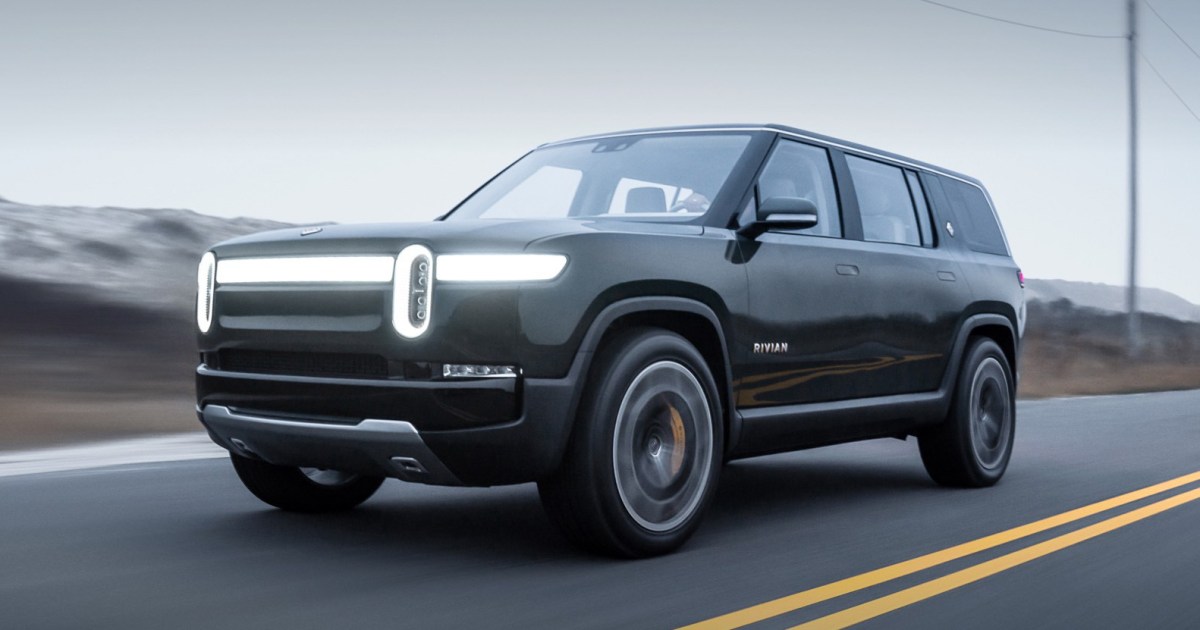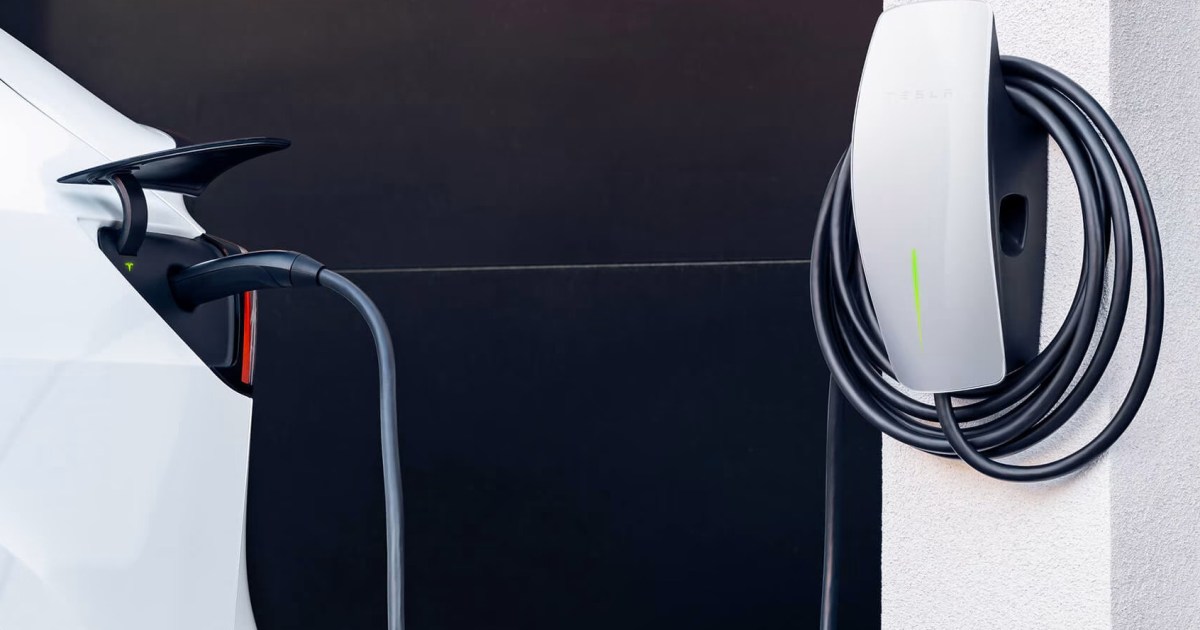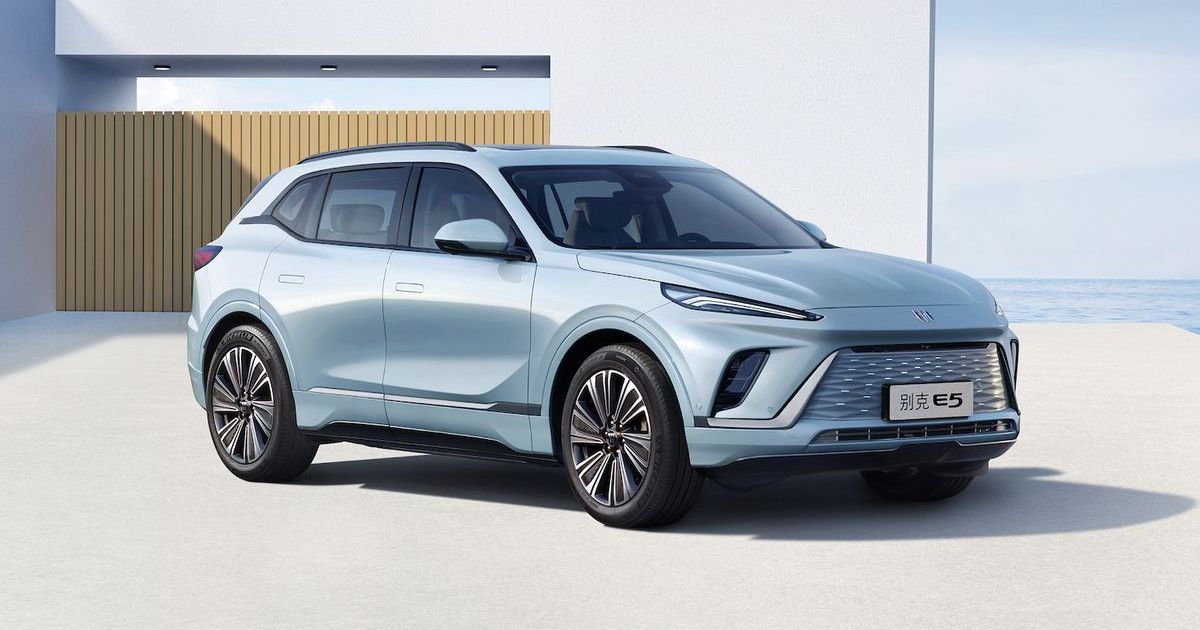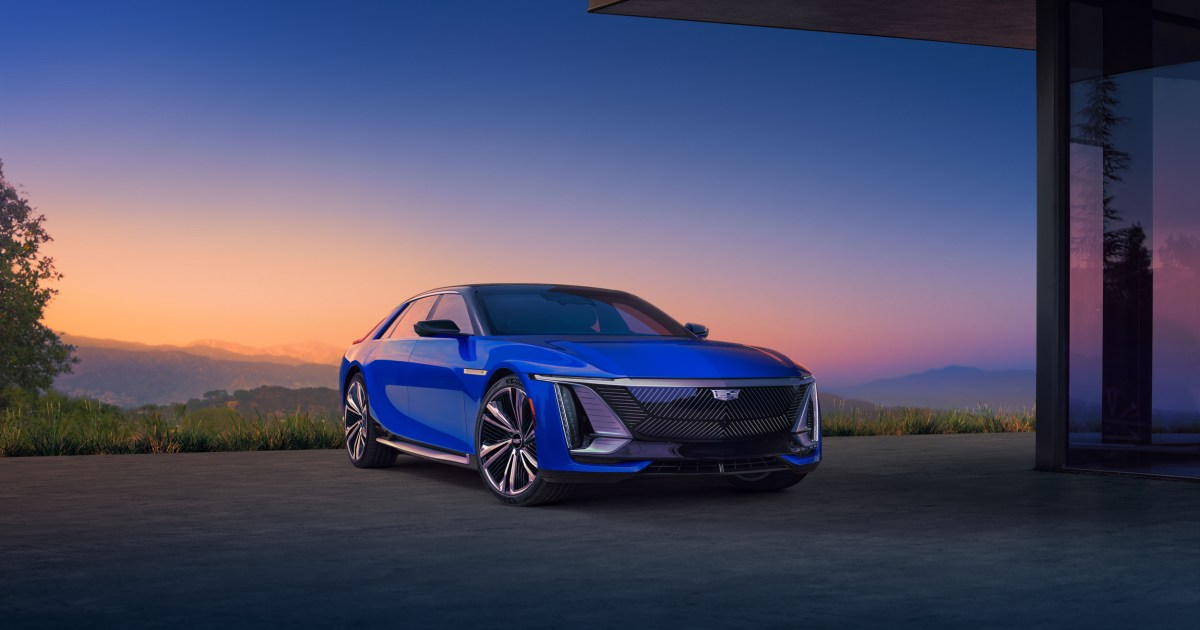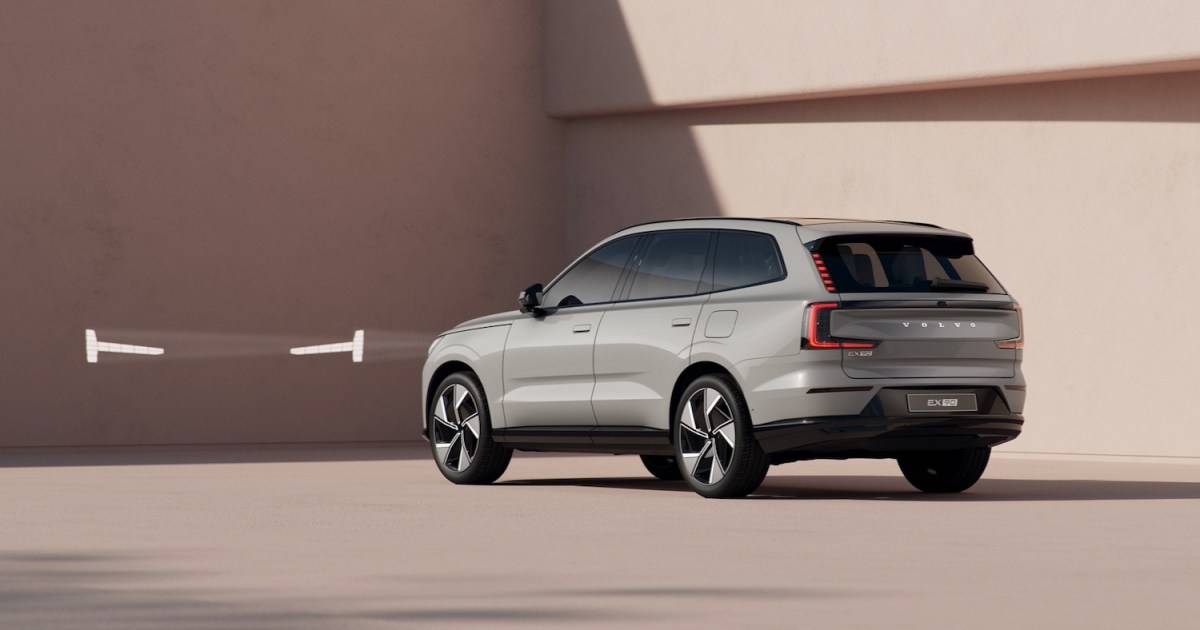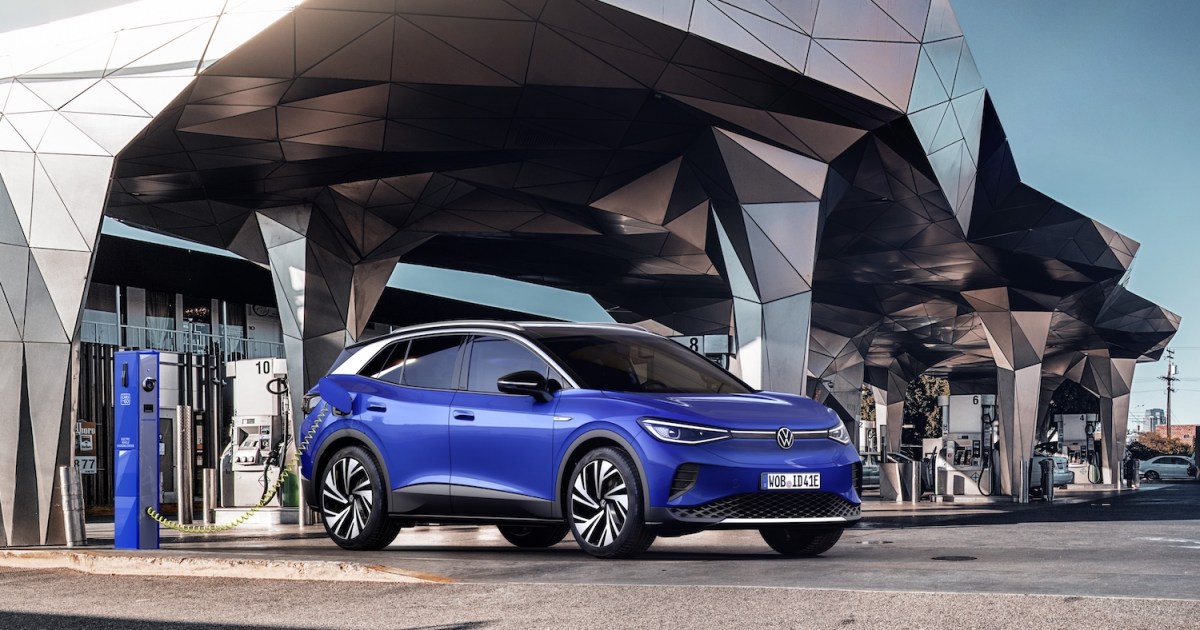Electric vehicles (EVs) are becoming increasingly popular, but their price tag can still be a hurdle for many. The US federal EV tax credit aims to make EVs more affordable, offering up to $7,500 off the price of a new qualifying vehicle. However, this credit comes with specific requirements that can be complex and are subject to change. Understanding these stipulations is crucial for anyone considering an EV purchase.
 Alt text: A 2022 Rivian electric truck parked in front of a rocky landscape.
Alt text: A 2022 Rivian electric truck parked in front of a rocky landscape.
Understanding the Federal EV Tax Credit Requirements
The federal EV tax credit isn’t a simple discount. Several conditions must be met for both the vehicle and the buyer. For starters, the full $7,500 credit applies only to new EVs. Used EVs qualify for a smaller credit of up to $4,000.
A significant portion of the credit hinges on the sourcing and manufacturing of the EV’s battery. To qualify for half of the new EV credit ($3,750), a specific percentage of critical battery minerals must originate from the US or countries with a US free trade agreement. This percentage increases annually, starting at 40% in 2023 and eventually reaching 100% by 2029. Similarly, the other half of the credit depends on where the battery is assembled or manufactured, with a required US manufacturing percentage also increasing over time. Beginning in 2025, vehicles containing battery minerals or components from “foreign entities of concern” will become ineligible.
Price and income limits also apply. New qualifying cars (sedans, hatchbacks, wagons) cannot exceed $55,000 MSRP, while SUVs, vans, and trucks have an $80,000 cap. Income limitations based on modified adjusted gross income (MAGI) also exist. For single filers, the MAGI limit is $150,000; for heads of household, $225,000; and for married couples filing jointly, $300,000. These income limits are halved for used EV purchases.
Finally, the credit is non-refundable and limited to the buyer’s tax liability. If your tax liability is less than the potential credit, you’ll only receive the amount you owe, not a refund for the difference.
Qualifying Electric Vehicles: A Current Snapshot
While we cannot determine your income eligibility, we can provide a current list of EVs that meet the other requirements as of this writing. Remember, MSRP limits apply, and optional features or higher trim levels can push a vehicle’s price over the threshold. Always double-check eligibility at fueleconomy.gov before purchasing.
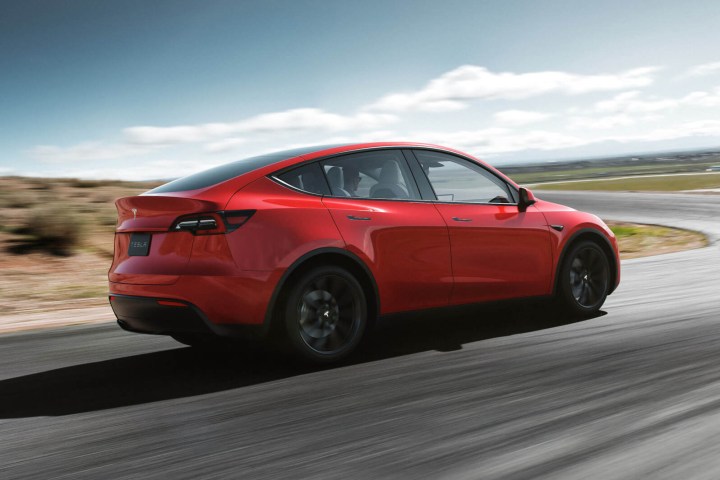 Alt text: A Tesla Model 3 parked on a street.
Alt text: A Tesla Model 3 parked on a street.
BMW:
- 2024 BMW X5 xDrive50e plug-in hybrid (up to $3,750; up to $80,000 MSRP)
Cadillac:
- 2023-2024 Cadillac Lyriq (up to $7,500; up to $80,000 MSRP)
Chevrolet:
- 2024 Chevrolet Blazer EV (up to $7,500; up to $55,000 MSRP)
- 2022-2023 Chevrolet Bolt EV (up to $7,500; up to $55,000 MSRP)
- 2022-2024 Chevrolet Bolt EUV (up to $7,500; up to $55,000 MSRP)
- 2024 Chevrolet Equinox EV (up to $7,500; up to $55,000 MSRP)
- 2024 Chevrolet Silverado EV (up to $7,500; up to $80,000 MSRP)
(List continues with other manufacturers as per the original article, following the same formatting)
Conclusion: Key Takeaways for Potential EV Buyers
The federal EV tax credit can significantly reduce the cost of an electric vehicle, but the requirements are multifaceted. Understanding the criteria related to battery sourcing, vehicle price, and buyer income is essential. Always verify a vehicle’s eligibility before purchasing, as the regulations are subject to change. Using resources like fueleconomy.gov can help ensure you’re making an informed decision and maximizing your potential savings.



